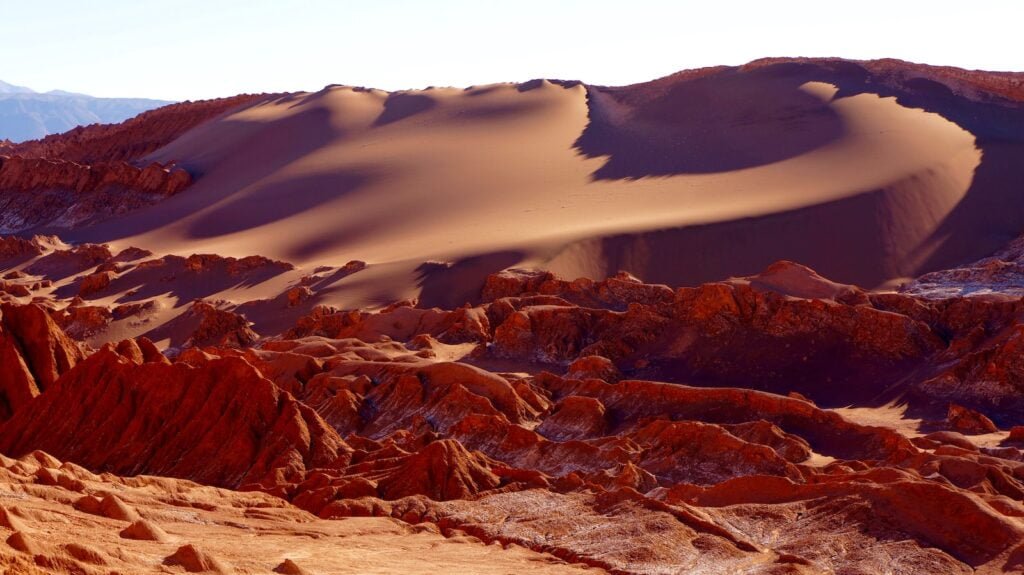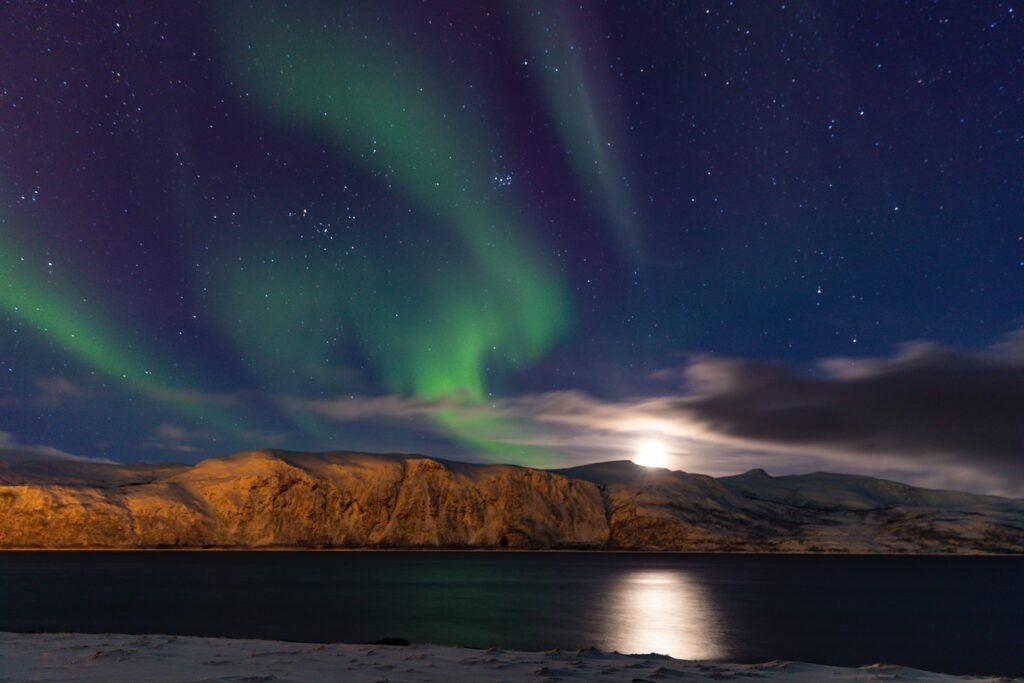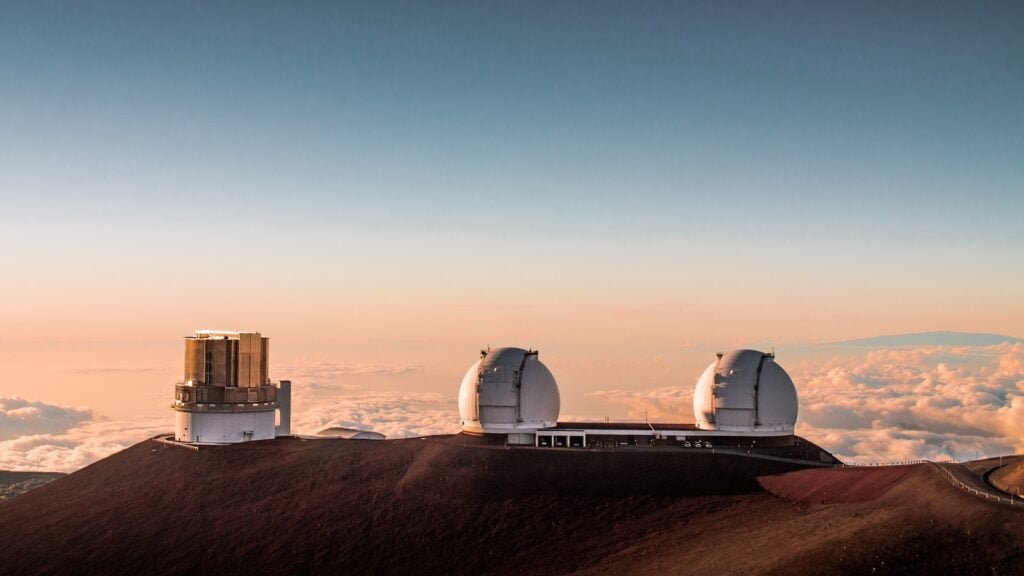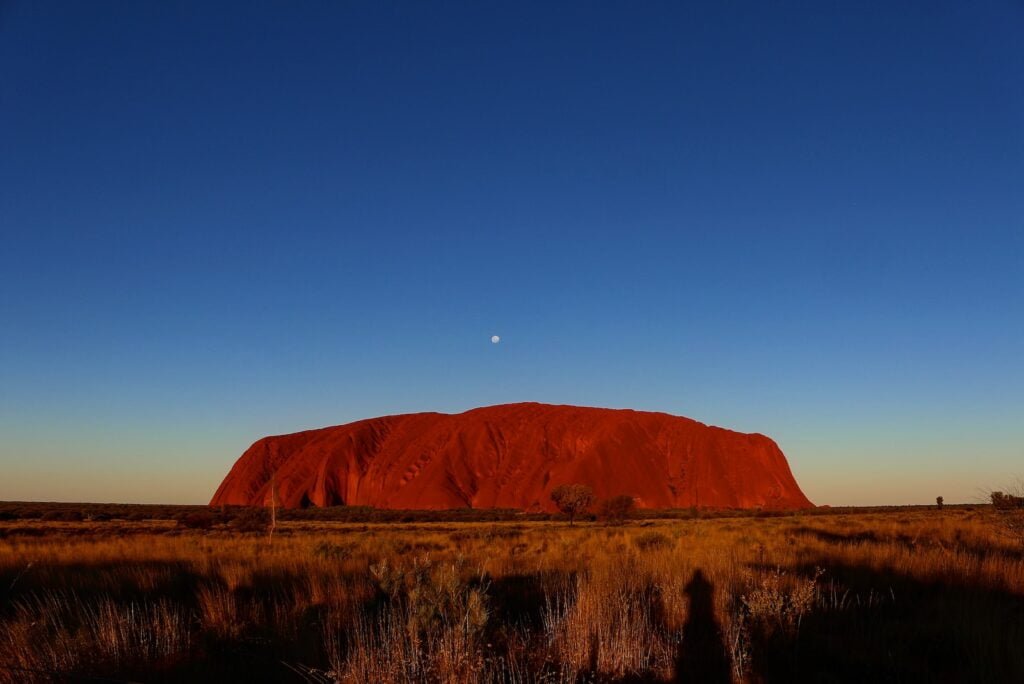Where Can I Find the Stars? An Introduction to Stargazing
The night sky, a canvas of twinkling stars, planets, and galaxies, has been a source of wonder and inspiration for millennia. But where can you escape the city lights and truly connect with the cosmos? Let’s embark on a celestial journey to discover the best places on Earth to stargaze.
What Makes the Atacama Desert in Chile a Stargazer’s Paradise?

The Atacama Desert, one of the driest places on Earth, offers crystal-clear skies almost every night of the year. Its high altitude and lack of light pollution make it a haven for astronomers and stargazers alike.
- Observatories: Home to some of the world’s most advanced observatories, like ALMA and Paranal.
- Tours and Expeditions: Many local tour operators offer guided stargazing tours, complete with telescopes and expert guides.
How Can I Experience the Magic of the Northern Lights in Norway?

The aurora borealis, or Northern Lights, is one of nature’s most breathtaking phenomena. Norway, particularly the Tromsø region, offers some of the best opportunities to witness this celestial dance.
- Time of Year: The Northern Lights are most visible from late September to early April.
- Chasing the Lights: Join a “Northern Lights Chase” tour to find the best viewing spots with local experts.
Why is Mauna Kea in Hawaii Considered a Sacred Stargazing Spot?

Mauna Kea, a dormant volcano on Hawaii’s Big Island, is a sacred place for both native Hawaiians and astronomers. Its summit, standing at 13,796 feet, hosts some of the world’s most powerful telescopes.
- Visitor Information Station: Stop here at 9,200 feet for stargazing programs and to acclimatize before heading to the summit.
- Cultural Respect: Remember to show respect for the cultural significance of Mauna Kea to the native Hawaiian community.
What Awaits in the Australian Outback’s Starlit Nights?

The vast, unspoiled landscapes of the Australian Outback provide a perfect backdrop for stargazing. The lack of light pollution and clear southern skies reveal celestial wonders like the Southern Cross and the Magellanic Clouds.
- Astro-Tourism: Places like the Sydney Observatory and Uluru offer guided tours and sky-watching sessions.
- Stargazing Festivals: Events like the Astrofest in Western Australia celebrate the night sky with workshops, exhibitions, and telescopic viewings.
Can I Gaze at the Stars in the African Wilderness?

Namibia’s NamibRand Nature Reserve is a designated International Dark Sky Reserve, where the Milky Way casts a shadow on the ground! The dry climate and remote location create an unparalleled stargazing experience.
- Lodges and Camps: Many offer telescopes and sky decks for guests to explore the night sky.
- Astrophotography: With such clear skies, it’s an ideal place for capturing stunning celestial photographs.
A Symphony of Stars: Ending Thoughts
Stargazing is more than a hobby; it’s a connection to the universe and a reminder of our place in the vast cosmos. From the deserts of Chile to the frozen landscapes of Norway, each of these destinations offers a unique window into the heavens.
Whether you’re an amateur astronomer or simply a dreamer drawn to the stars, these places invite you to pause, look up, and lose yourself in the infinite beauty of the night sky. May your celestial journey be filled with wonder, discovery, and a renewed sense of connection to the universe. Happy stargazing!
